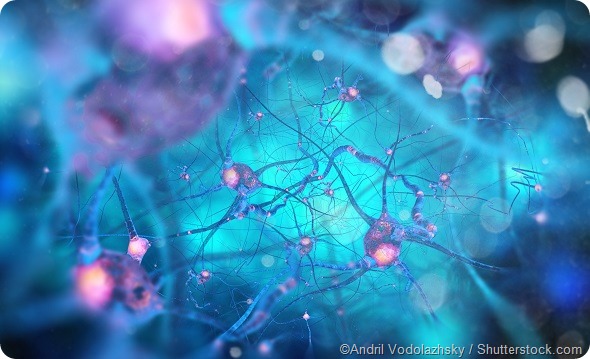Surgeons have restored the sensation of touch to a paralyzed man using a robotic arm connected to electrodes in his brain.
Twelve years ago a promising science student, Nathan Copeland, was involved in a car accident that left him paralyzed from the neck down. He went from being an active 18-year old to being quadriplegic. He was unable to feel anything from the chest down and could not move his lower arms and legs, so needed assistance with all his daily activities.
Leading edge neurosurgery has now enabled him to once again experience the sensation of touch. He was fitted with a robotic arm that is controlled by his brain through precisely positioned electrodes.

There have been many well publicized success stories of people being able to control robotic limbs with thought processes, but this case goes a step further. Nathan can experience natural sensations of touch via microstimulation of the sensory cortex of his brain that is initiated by pressure on his robotic arm.
Imaging techniques identified the exact regions in Nathan's brain that corresponded to feelings in each of his fingers and the palm of his hand. Tiny electrodes were then surgically implanted in these regions. Stimulation of the brain via these electrodes allows Nathan to feel pressure and distinguish whether it is strong or slight, although he is not yet able to distinguish hot from cold.
Nathan explained:
I can feel just about every finger—it’s a really weird sensation. Sometimes it feels electrical and sometimes its pressure, but for the most part, I can tell most of the fingers with definite precision. It feels like my fingers are getting touched or pushed.”
Much of our movement is shaped through feedback from our environment, rather than just moving the right muscles in the right way. There is constant feedback from the sense of touch determining what type of movement is required. For example we can tell that a piece of cake requires a more gentle hold than a can of drink.
The successful simulation of the areas of the brain receiving information from touch sensations achieved in Nathan, raises hope that intracortical microstimulation could be used to convey the sensory information required to perform dexterous hand movements with a robotic prosthesis.
Dr. Gaunt summarised “The ultimate goal is to create a system which moves and feels just like a natural arm would. We have a long way to go to get there, but this is a great start.”